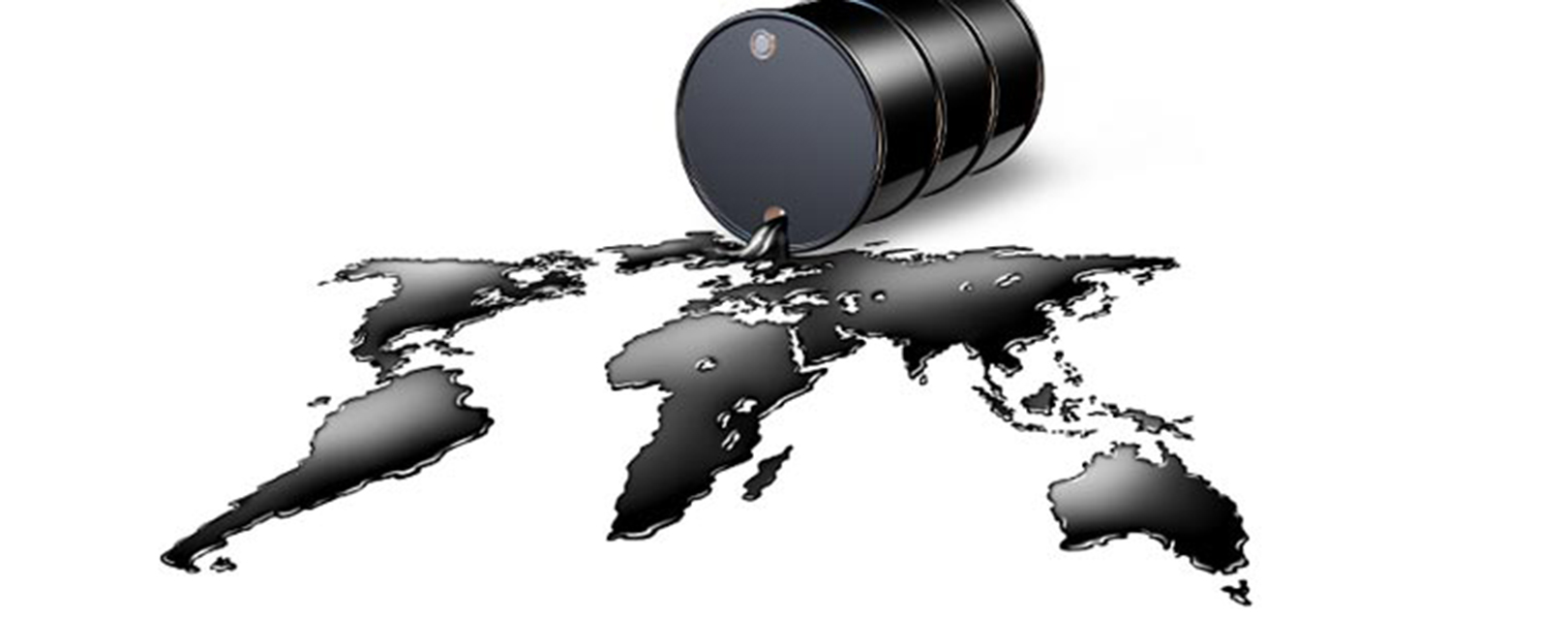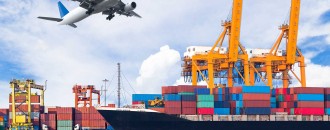
Oil is not well: Is the road ahead dangerously slippery?
Steven Philip Warner | The Dollar Business
Since early last fall, a phenomenon has terrorised governments (economies), businesses, and investors more than terrorism itself. Oil. Simply put, the manner in which price of this commodity has nosedived towards the sea floor is clearly a result of Western policy failure, ghastly obstinacy on the part of OPEC to hold the world to ransom, and of course, the ego trip that America can’t do without. [Mr. Putin, your ‘rouble trouble’ will continue. And Mr. Maduro, our mindfelt condolences for your macroeconomic mismanagement-led woes, but most don’t know your name yet!] Amidst much impasse and chaos, oil has slipped. Its physical state now being reflected quite wholly and unconditionally in its price. From about $115 a barrel in June last year, today (as on January 20, 2015), oil can be had at $48 a barrel. This is quite the economic representative of Alan Eustace’s life-risking jump from the edge of space. Only, the oil price drama carries a cross-continental prospect of contagion and puts question marks on how a few power circles can change how currencies and consumers start behaving worldwide. Occurrences such as these bear the potential to change equations between trading nations most unfairly. (Is a cartel like OPEC even legal for Chrissake? And how contemporary is the very existence of this ‘prehistoric group’ of oil diggers?) Undoubtedly, the precipitous fall in oil price has given unwanted forehead wrinkles to Indian policymakers and foreign trade participants too. The chart depicting movement of crude oil prices is the ECG report of globalisation. And when the crest or trough is overshot, it is a matter of concern. It’s this symptom that makes one believe that concerns being raised over issues like the Brent-WTI price disparity, Chinese economic juggernaut slowing down, geo-economic crisis in Russia, prolonged troubles in the eurozone, multi-pronged economic revival talked about as Abenomics making matters worse for Japan, and others, when mentioned alongside loss of revenues for oil-exporting nations (that will result in widening CADs for these nations leading to austerity measures that will impact imports negatively across these nations) are all bad news for India’s exporters. Take for example the case of UAE and Saudi Arabia – two oil-rich and oil exports-dependent nations that feature amongst India’s top four largest export destinations (these accounted for half of India’s forex revenues from the top four export markets in FY2014; $42.74 billion). Of the $525.11 billion in export earnings reported by these nations in CY2013, 82% was from oil! Clearly, a slump in price of this commodity will impact their imports from India in the near future. What further confirms this fact is that as per a Deutsche Bank and IMF report, these oil rich nations need the price of oil to be much above the current levels to avoid running a deficit-led economic climate that will last years. For the record, Qatar needs oil price to be a minimum of $77/barrel, Kuwait $78, UAE $81, Iraq $101, Saudi Arabia $104, Russia $105, Venezuela $118, Nigeria $123, Algeria and Iran $131, and Libya $184. 20% of India’s exports are accounted for by OPEC nations and Russia. This price slump apparently isn’t pleasing. Another area where overseas trade could be impacted if oil prices continue to slip or remain at current low levels for a long duration is a fall in foreign investments into India. At present, a big chunk of the source of funds that get channelised into our nation are sovereign wealth and insurance funds. Translation: if UAE, Saudi Arabia, Qatar, Kuwait, etc., witness deficits, capital flows into India will dry up. It’s not all about nursing grievances though. India, which imports three-fourths of its oil requirements will see some relief on the CAD front due to falling prices. At the same time, fall in subsidies that will result (as per a Morgan Stanley report, every $10 per barrel fall in oil price will reduce India’s subsidy bill by $6.5 billion) and increased consumer spending while keeping inflation in check is some relief to policymakers. Fall in fuel prices could also mean reduction in costs for manufacturing units that exist or will exist in India – a much needed fillip to the government’s Make in India stance. This relief that comes in the form of cheaper power could actually mean an overall rise in investment in capacity and innovation across industries ranging from infrastructure to automobile, and aviation to IT hardware – all of which will enable immensely India’s export competence. And if the fall in oil prices do infuse some energy into the European, Japanese and Chinese consumer and industrial markets as a stimulus long-awaited, the Indian export community will have found more than just fueled-up peace. Despite the reduced demand forecasts of oil by various agencies, in time, market economics will get both price and demand on the rails – call this preaching the goldilocks principle if you will. Yes, there is that initial fear that accompanies the idea of oil prices falling further and export markets vanishing for our manufacturers. But was a ‘macroeconomic fear’ missing when oil moved up to the $115 a barrel levels last year (albeit on a different note)? Perhaps it’s all about the advantage of being a developing economy yet, one for which no single commodity slump pronounces a trade or fiscal disaster. Oil prices do have this knack of moving in the opposite direction too soon.






 to success.
to success.